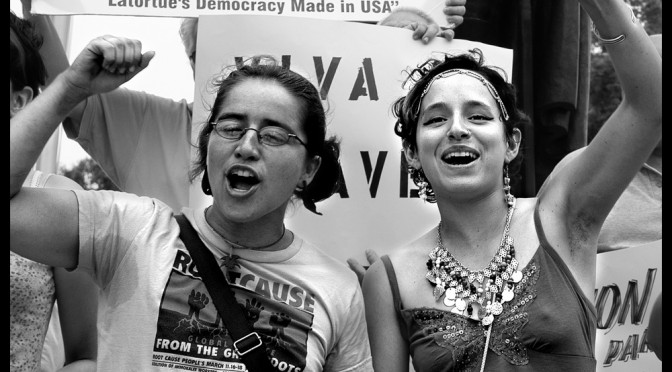Demand $5K for CUNY’s Low-Wage Workers
Demand Fair Contracts, Fair Wages and Job Security for All Working People
Adjuncts, full timers, faculty, and staff—we need your presence and your indomitable spirit at the May Day march and rally, Thurs., May 1, 5:00 p.m., starting at City Hall. As part of a national mobilization, academic unions like the PSC and UUP, are demanding a minimum starting salary of $5,000 per course for adjuncts. May Day, the international workers’ day of action, is the perfect time to make the $5K demand visible in our city and link the struggle of college adjuncts to that of New York’s other low-wage workers. It’s also a day to stand with our partners in the city labor movement who, like us, are working without a contract, and with immigration activists who, like us, are fighting for the NYS Dream Act and a better life for the next generation of New Yorkers.
Plan to meet your PSC friends and colleagues at 4:30 p.m. at the southwest corner of Broadway and Chambers St. Download the May Day $5K flier and the general May Day flier. RSVP and More Info.





